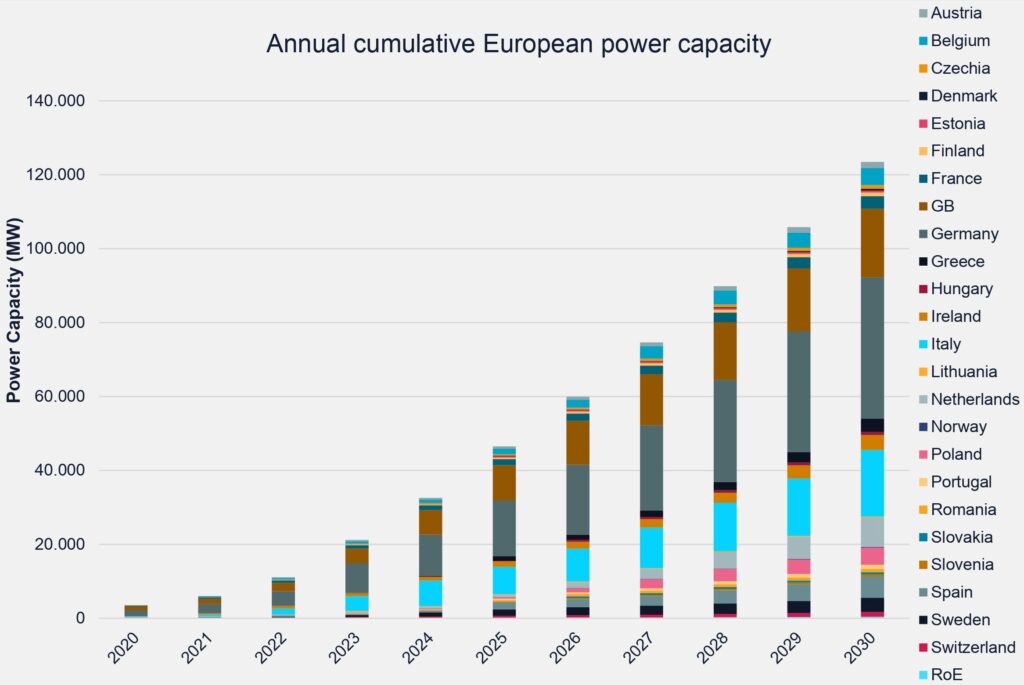May 2016 / Policy Papers - Responses to Public Consultations
Cost Benefit Analysis Methodology (CBA 2.0)
EASE responded to ENTSO-E’s public consultation on the next European Cost Benefit Analysis Methodology (CBA 2.0).
EASE welcomes the updated CBA 2.0 and the transparent process reflected in this consultation. However, we would like to see the dedication to transparency continue beyond the consultation, extending to the assessment of the Ten-Year Network Development Plan (TYNDP) projects by ENTSO-E regional groups and to the assessment of Projects of Common Interest (PCIs) by EU Regional Groups. The current process for ranking projects seems rather opaque.
EASE welcomes ENTSO-E’s efforts to clearly explain the difficult notions contained in the CBA 2.0 methodology. One potential further improvement would be to explicitly highlight the modelling complexity to give a sense to the non-modelling reader that models can be limiting. We would welcome an annex that includes more descriptions of the current models used in order to further the reader’s understanding of potential limitations and areas of improvement.
Throughout the CBA 2.0 methodology, it is unclear whether the socio-economic welfare (SEW) indicator refers to gross SEW or net SEW (the difference between the socio-economic welfare and the investment costs of the project). EASE supports presenting “net SEW” as the final result.
Regarding the assessment of Energy Storage projects, EASE notes that there are additional indicators for storage, which may render a comparison with conventional transmission projects more difficult.
The modelling of Energy Storage projects in the CBA 2.0 seems to rely on strong simplifications, which may hamper a true assessment of the benefits of some Energy Storage plants.




